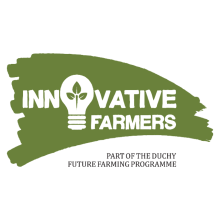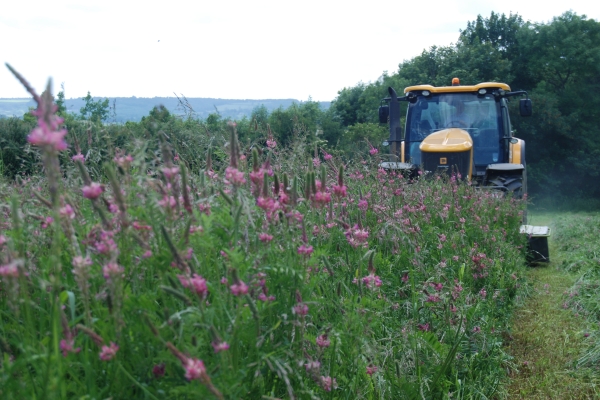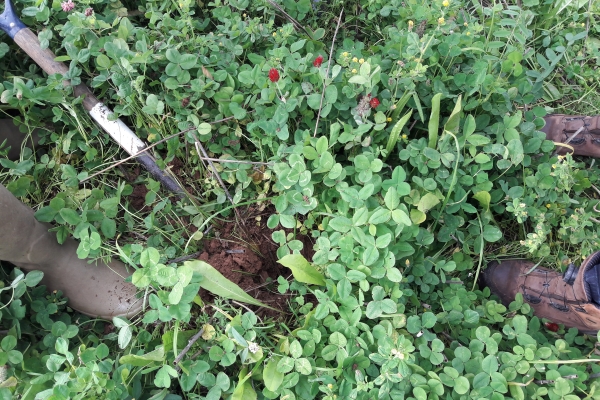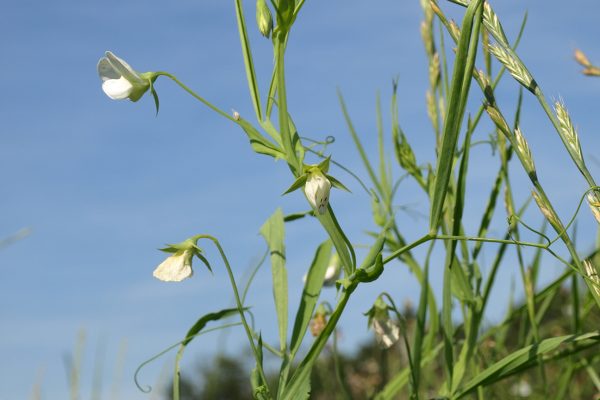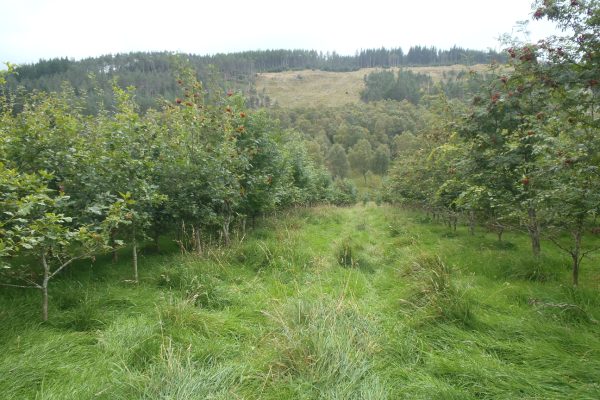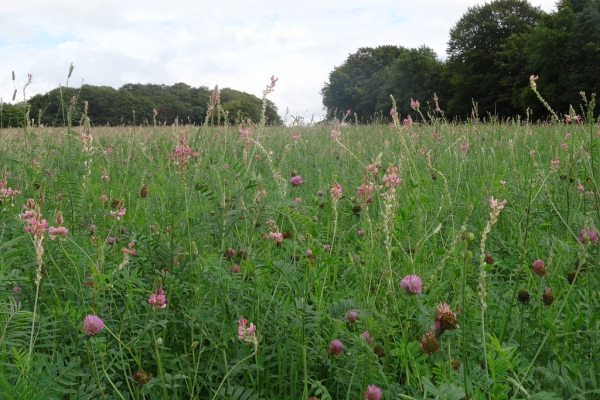Diverse winter forages as an alternative to monocrop brassicas
Resource explained
This is the final report of an Innovative Farmers field lab in South West England (supported by FWAG) on diverse forage crops, which was formed due to concerns over damage that using winter brassica monocultures for grazing outwintering livestock can have on soil health, water and the wider environment. Each farm established a 4 ha plot of forage brassica or fodder beet (their normal practice), and another 4 ha plot of diverse forage crop – 16 species of annuals and perennials. Crops were grazed as required, with both strip and cell grazing systems and supplementary feeding used at farmers’ discretion. They measured changes in soil health (visual evaluation, earthworms and slake tests) and biodiversity (bird counts), and monitored forage quality and yield. Cattle were weighed and body condition scored prior and post grazing. As well as detailed presentation of results, the report also contains interesting anecdotal observations during grazing and discussions amongst farmers.
Findings & recommendations
- Improvements in soil structure and aggregation.
- Increases in soil organisms, and improvement in soil cycling of organic matter (evidence of fungal activity).
- Increases in biodiversity, including pollinators, insects and birds.
- Reduction in poaching and better water infiltration.
- Faster transition for the mobs onto the diverse mix.
- Better dung scores consistently across the diverse mix.
- Tweaking to ensure more winter hardy species are included.
- Timing of grazing and stocking density need to be improved to encourage recovery and regrowth.
- It is important to time the grazing to maximise forage value.
- Different stock classes performed better on the diverse mix, and this needs further investigation.
- Further research required to assess compensatory growth when stock are moved off both kale and the diverse mix.
The farmers agreed that the following objectives were achieved through increasing diversity:
The following improvements and further research are required:
For full results and reports see: Diverse forage crops for sustainable livestock wintering (innovativefarmers.org)

